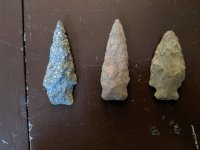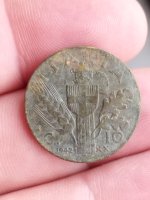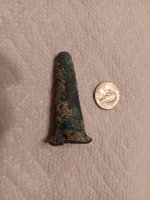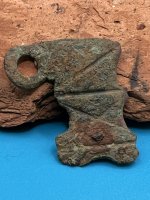Hello! New here, first time posting! I have been trying to identify these three points from a private collection. I know they were found along the James River in Virginia. I have been going cross-eyed looking at characteristics of points, stemmed vs. notched etc. Any tips would be welcome! Do you recognize the material etc. THanks for any thoughts in advance!


Last edited:







